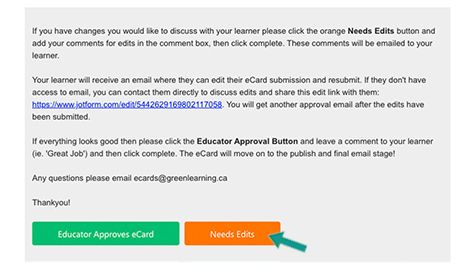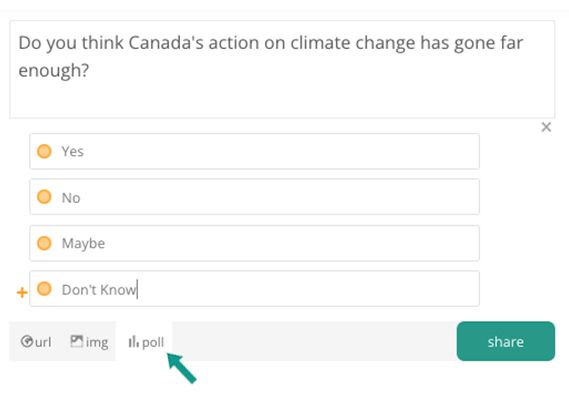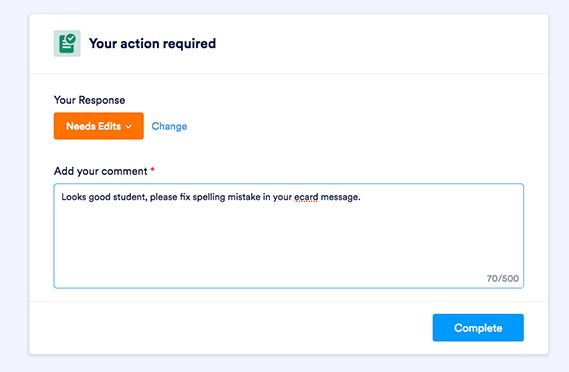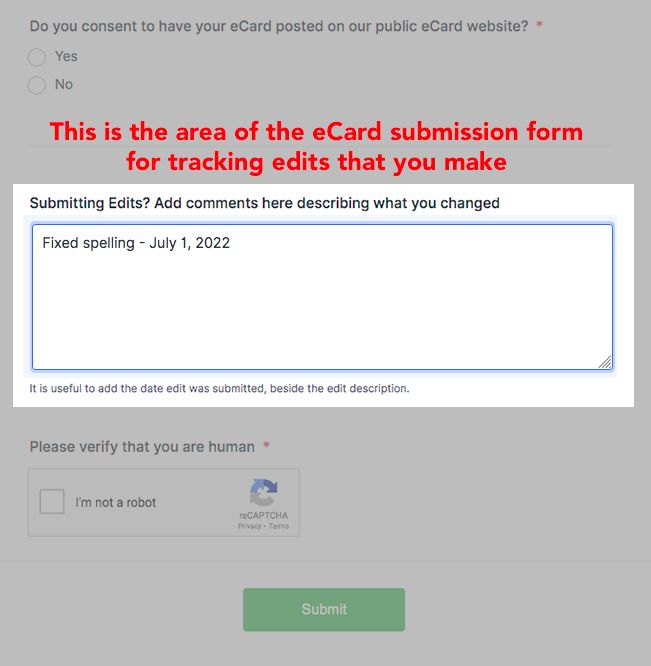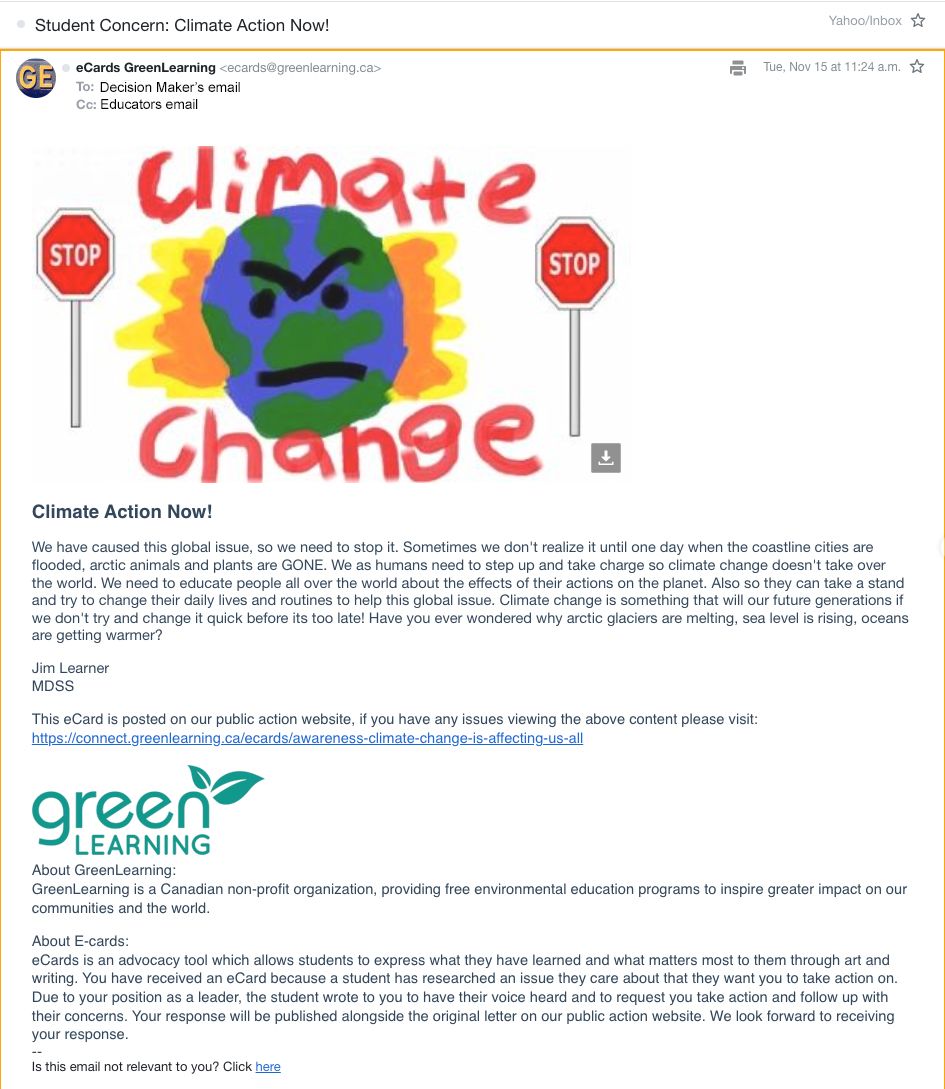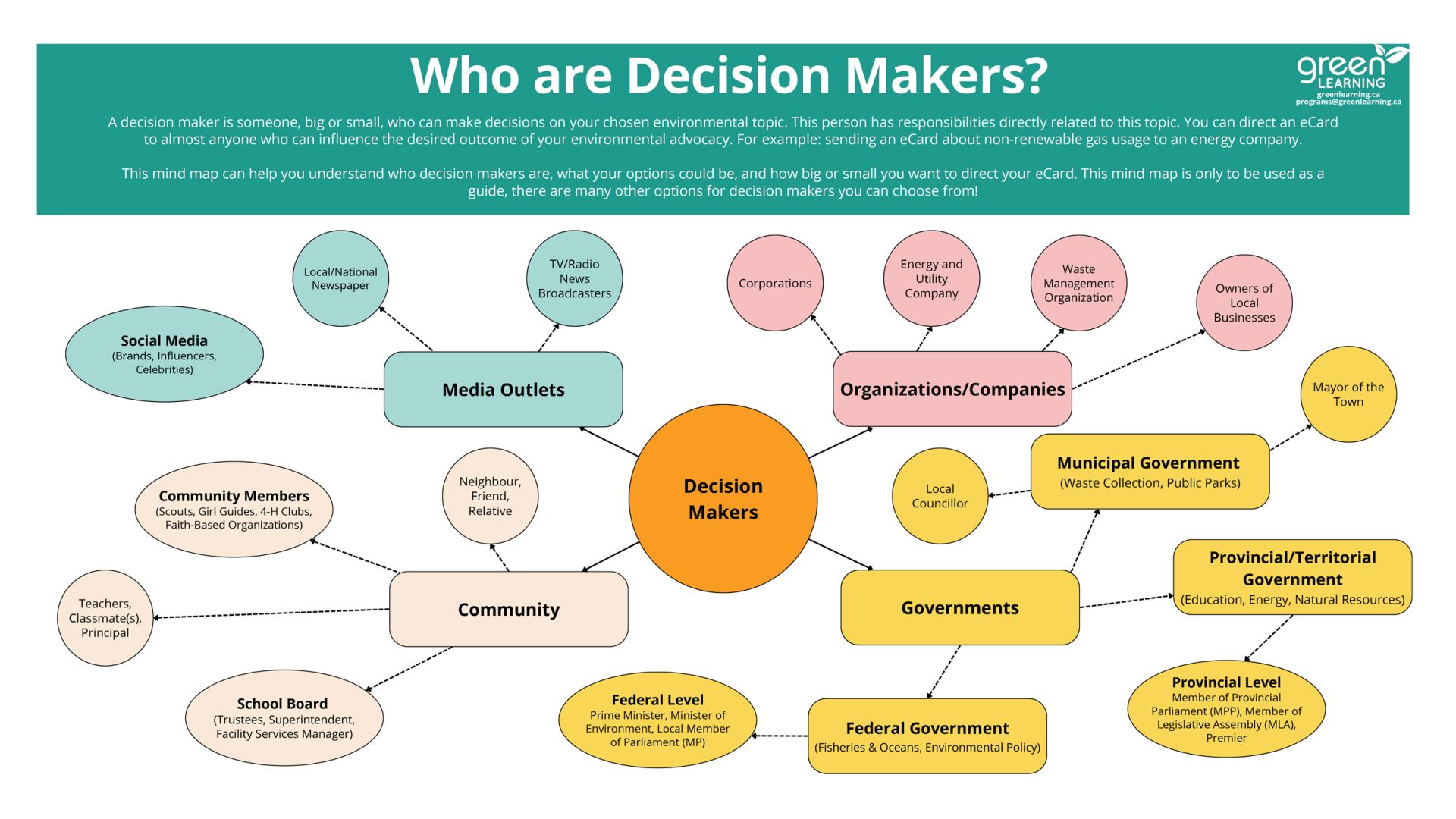2008 Re-Energy Solar Oven
Challenge Submission Showcase
Students from across Canada heating up the competition for the solar oven challenge in this year's impressive and exciting submissions.
Davidson High School,
Davidson, Saskatchewan
We built solar cookers as class project. We were learning about innovations and inventions in English Language Arts, and Structure and Design in Science. It also reviewed some things we learned in previous science units on Renewable Energy and Temperature/Heat. We used the plan from re-energy.ca.
We learned that it isn't too difficult to capture heat energy from the sun to reheat or even cook food. We also learned that you should be careful about getting bright light reflected into your eyes. We learned that using a piece of cardboard worked pretty well for spreading the glue for the panels. An idea for improvement is to use two oven bags to create a double layer for trapping heat, or use a piece of glass to set over the cooking chamber.
We also got to try two other solar cookers that people can buy. They are made of plastic, metal and glass, and get as hot as a regular oven or even hotter. We didn't cook food in our cardboard cookers yet, but have measured the temperature using an oven thermometer and a digital thermometer. Our first cooker got to 150 degrees Celsius when we first tested it. We made (and slightly burned) cookies, burned cardboard and boiled water in solar ovens we borrowed from the Craik Sustainable Living Project.
Write your awesome label here.
Write your awesome label here.
Diamond Elementary School, Grade 6
Surrey, British Columbia
To conclude the Science 6 unit on electricity, the class built solar ovens in small groups. The students decided they wanted to come up with their own ideas to design and build their solar ovens. Each group approached the project with a slightly different twist to construct four unique solar ovens.
The students engaged in critical thinking to design and build their solar ovens. The students were excited about this project and using their solar ovens to cook s'mores. The challenge that we encountered was finding a sunny day to test our solar ovens. Also, it was interesting to observe the conversations that were happening among the groups and the different ideas about their design ideas. At the end of the testing period, each group had different ideas about the "next" solar oven they would design.
The fun part of this project was designing the solar ovens and of course cooking and eating s'mores!
Write your awesome label here.
Downtown Alternative School, Grades 4 to 6
Toronto, Ontario
In our class, we were learning about energy conservation and wanted to try a renewable energy source. We worked in groups, and each group built a solar oven. We built, tested, and baked chocolate chip cookies in our solar ovens.
We learned that solar ovens can be used to bake different things, and that they can heat up to 200 degrees Celsius. They are a great alternative to using the stove for simple baking. It is a renewable source that does not contribute to global warming and it is fun. We learned how to angle the ovens to reflect the sun's rays to heat our oven, and how the sun's rays can be captured.
We had a great time baking and eating our cookies. We also had a great time making our ovens.
Write your awesome label here.
Write your awesome label here.
Gaetz Brook Junior High School, Grade 7
Gaetz Brook, Nova Scotia
Two classes built solar ovens in groups of four to six students. The students were shown the design that was available on the website, and were also allowed to find other designs. They then had to construct the solar ovens, test them to see if they worked, and fix what wasn't working before we cooked with them.
All of the students basically had their own designs so it was interesting to see the strong and weak points with each one. They all ended up working, although some worked better than others, and in the end created enough heat to bake cookies and to make hot dogs. The students loved the experience!
The most fun was taking things from the very beginning of the research stage, to designing them, to creating them to testing them to fixing them and finally to cooking with them. The students stayed unbelievably engaged in the learning process the entire time we created them and worked with them. It was a great way to end the grade seven heat unit.
Write your awesome label here.
G. C. Huston School, Grades 5 and 6
Southampton, Ontario
Our class used the design from re-energy.ca, and we used cardboard and aluminum foil to build our solar ovens.
We discovered that the warmer the day the better the heat builds up in the ovens. Using accurate measurements also makes a better oven.
We enjoyed working in groups and eating the food that we cooked in our solar ovens.
Write your awesome label here.
Write your awesome label here.
Glebe Collegiate, Grades 4 and 5
Ottawa, Ontario
We built a solar oven as part of our summative for our Outdoor Education class at school.
While building our oven we learned that it didn't take too much time to build a solar oven, and it was worth the effort because it actually works! But we also learned that you should really follow the instructions, and that duct tape smells funny when it's melting. :D
Something fun about the project was that you could build something so useful with few materials and you can actually cook eggs with the sun!
Write your awesome label here.
Write your awesome label here.
Hunter's Glen Junior Public School, Grade 5
Scarborough, Ontario
The morning science club (13 grade 5 students) set to work to create a solar oven to extend our learning about ways to conserve energy and to help the environment. Most of the students created the oven from the re-energy.ca plans while a second group created their own version of a solar oven. For the second version, a small cone was built of black construction paper and lined with aluminum foil. This we hoped would bring the light into a box that a hole was put in the side of. The box itself was lined with aluminum paper and then a piece of black felt was placed in the box below the cone to help in heat absorption. A frozen dinner tray was then placed in a plastic bag along with the thermometer and the cookies similar to the other model but then was put on top of the black felt square to absorb more heat.
We learned that larger shiny surfaces reflect light better. The model from the plan worked while the other model didn't heat up for it didn't let enough sunlight in. It was so easy to make a solar oven and they really can work when the sun cooperates. It was pretty amazing how hot the oven could get in a short period of time. The black really absorbed the heat well and the cookies actually cooked. The wind was a problem for us and the cookies got a bit squished when the oven didn't stay still. We used frozen dinner trays and they were a great size for fitting in the oven and a lot neater than painting.
Some of us actually getting to use our own idea for a solar oven was a great experience. Cooking with the oven outside in the yard the second time got a lot of people coming by to see our work and let us share our cookies with the Principal and teachers at the school. Making the cookie batter was super fun as well so we hope we get more sunny days to make more.
Write your awesome label here.
Write your awesome label here.
Kennedy Collegiate
Windsor, Ontario
Students in the Environment and Resource Management class built the solar ovens as a way to get a hands-on look at the benefits of renewable energy. As an incentive to building the best ovens, the students cook pizza pockets to have an opportunity to taste the direct effects of cooking with solar energy. Most are surprised at how hot the oven that they made can get!
Students learned to apply the concept of renewable energy with their own creations.
Write your awesome label here.
Write your awesome label here.
Our Lady of Peace School, Grade 5
Calgary, Alberta
The grade 5s at our school decided to build solar ovens to compliment our energy unit. We have three grade 5 classes and 90 students. We worked in groups of six and made 15 solar ovens using the model suggested by re-energy.ca. We selected this model because it was our first time and it looked simple enough. On the day we did our cooking we had clear blue skies and the temperature was about 26 degrees Celsius. Our model was successful and reached high enough temperatures to heat our apple cider and melt the cheese on our pizzas.
Our day was full of lessons. Firstly, it was a windy day and our ovens kept getting knocked down. Next time we will use more text books to stand them up. Also, our bags had water droplets condensed from the moisture from our food. We were not expecting this but it was neat because we learned about the water cycle in our weather unit. It did make our pizzas soggy, though. We also learned that by putting our food in a plastic bag we trap the heat in the same way a car traps heat on a hot summer day. We saw the greenhouse effect in action! Painting the oven chambers black also reminded us that black absorbs heat and was a smart design feature. Our biggest lesson was the importance of using alternative energy like solar power. By using solar energy we can reduce the amount of greenhouse gases in the atmosphere.
We made the entire day a fun Earth Day event. Our theme for the day was "We are Generation Conservation"! Our day included, of course, the construction of our solar ovens and the cooking. We also had action-packed games to teach us about conservation. The games required cooperation as changing the world must be done as a team. We also needed to make thank you cards to the people who helped us purchase our ingredients. Our day was educational, fun, and most importantly, empowering. GO GENERATION CONSERVATION!
Write your awesome label here.
Prairie Rose Elementary School, Grades 4 to 6
Winnipeg, Manitoba
Students at Prairie Rose were asked to research different solar oven models. They tried to understand why people would need to use solar ovens in different parts of the world. Students were then asked to develop a recipe for the solar oven that they would like to try. Students spent one afternoon building the solar oven designs from re-energy.ca and spent one morning (one cold morning) baking away. Students were very excited about this project and were amazed at the potential of the sun's energy. The temperature outside was 0 degrees Celsius but some of the ovens were 150 degrees Celsius. All told we had 18 ovens cooking away in the school field. We will go out again when it gets warmer to see how warm we can get the ovens.
The students had a great time and it has opened great discussion regarding other "green" opportunities that we can attempt — solar panels, wind energy, etc.
Write your awesome label here.
Riverbend Junior High School, Grade 7
Edmonton, Alberta
The class built the solar oven from the re-energy.ca website. We had six groups of four or five students. Students first read the Build Your Own Solar Oven handout. Then they met in their groups to decide who would bring what supplies. They followed the directions and quickly constructed their own solar ovens.
I found the students could create the solar oven by following the clear instructions supplied. One building tip is to cover your construction area with newspaper to minimize the amount of glue and paint problems. One challenge was not having a digital camera that had a charged battery.
The students were amazed at how hot it got inside the solar ovens. The students ate everything they created. Nachos with melted cheese, poutine, and hot dogs were their favourites. Cookies needed more time than the hour we had. We had a rich discussion at the end of the challenge using the follow-up questions to help guide our real world perspective.
St. Paul High School,Grade 7
Ottawa, Ontario
The solar oven challenge was completed as part of the grade 7 Heat unit. Three classes participated and 18 solar ovens were built! It took four classes to build, one to test and two more to enjoy the food. The temperature of the ovens varied from 80 to 150 degrees Celsius. We mostly cooked nachos or cookies but cupcakes also cooked all the way through in just over an hour.
We have a few building tips for next time: - Be very careful not to crumple the foil when making the reflectors (the ovens with less wrinkles performed better). Make sure to press down hard on the duct tape because a lot of ours started to come un-stuck. Our paint and glue mixture did not stick to the baking pans so we used black cloth or lined it with black hockey tape instead. If you use the paint and glue, add more glue! Make sure to have a big baking chamber so there's room for more food! But watch out — it gets really hot!
We had to wait three weeks for good weather but it was worth it! One group was able to melt cheese on their nacho chips six times during the 75 minutes we were outside! Thanks so much for this experience — it was a lot of fun. We really didn't think the ovens would get so hot. Many teams took their ovens home to cook some more!
Write your awesome label here.
Upper Canada College, Grades 4 to 12
Toronto, Ontario
Everyone in the Green Team had a specific part of the project to complete — from the research, to building, to creating a recipe. We all took part in the testing.
We wanted to create a sustainable recipe so we made Banaerry S'mores using either local/organic and fair trade products.
The day for baking was cold and not very sunny. It was -18 degrees Celsius outside but our ovens did reach 0 to 2 degrees Celsius so even though it was cold and cloudy our ovens still got warm.
We would like to try it again on a warmer day!
Write your awesome label here.
W. D. Ferris Elementary School, Grades 5 and 6 Richmond, British Columbia
A class of grade 5/6 students worked in groups to design and then test a number of solar oven prototypes. The students completed research to see how they could improve the design. They redesigned and retested their updated prototypes. Groups then decided who would go to work on building the large solar oven. Our initial test with the new collector had our thermometer maxed out within 15 minutes at 220 degrees Fahrenheit (next we will use a thermometer that reads up to 350 degrees Fahrenheit). We then ended up trying to bake chocolate chip cookies. In 45 minutes the cookies had slid to the bottom of the pan and began to burn. We had assumed they were done. They needed to be rebaked by flipping the cookie over.
Glass made a great insulator for the cooking chamber. Cooking cookies on a slant is tricky (it might have been better to put them in a paper muffin cup - so they don't stick together. We had to move the collector to match the suns rays.
We were surprised by how hot the solar collector made the heating chamber. We enjoyed the process of designing, redesigning our prototypes. The students and teacher both had a lot of fun!
Write your awesome label here.
Write your awesome label here.
Westmount Elementary School, Grades 4 to 6
Strathmore, Alberta
Following the directions provided, we made a large Solar Oven. It really sizzled! Several individuals helped in the construction, and the class helped with the eating! We built it, because we thought it would be a cool thing to try.
We were able to make the oven with no problem. We used a 9x13 baking pan and it worked perfectly. We had trouble with the black glue/paint mixture so we used black construction paper in the metal cake pan instead. The paint mixture worked fine for painting the glass bottles for heating water though.
We were so excited that it actually worked! It was fun to try making different foods and trying different "tests" to make our oven more effective. For example, the first day we put it in one location and tried to heat water in different sizes and shapes of containers. The small ones painted black worked best. We also used a pizza box solar oven to heat pop tarts. They were yummy and nice and warm and crispy, like using a toaster. The next day, we tried a different location (on a roof) and made Solar S'mores in the pizza box oven, and tinfoil dinners. We found it didn't make a difference putting it on the roof — the temperature had the same reading. The food was all very yummy. A reporter came out to do a story about our solar project for our local newspaper the Strathmore Standard. Our article will be featured as part of Environment Week that is being celebrated throughout the province, so that is cool.
Write your awesome label here.
Write your awesome label here.
GreenLearning
creates free education programs about energy, climate change and green
economy that engage and empower students to create positive change.
Explore
Get Involved
© 2024 GreenLearning. All rights reserved.
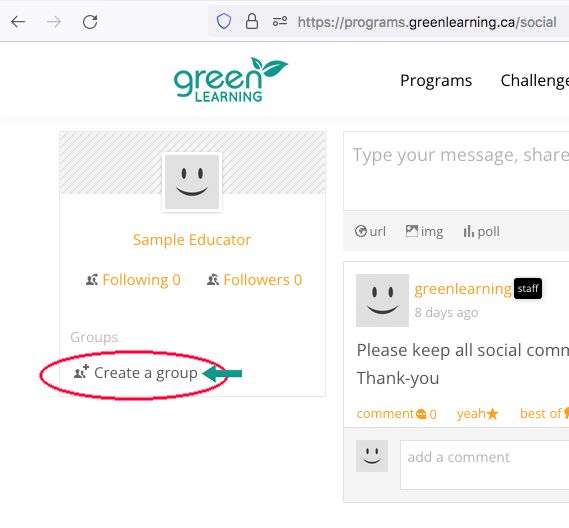
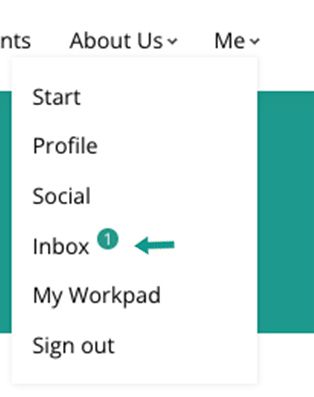

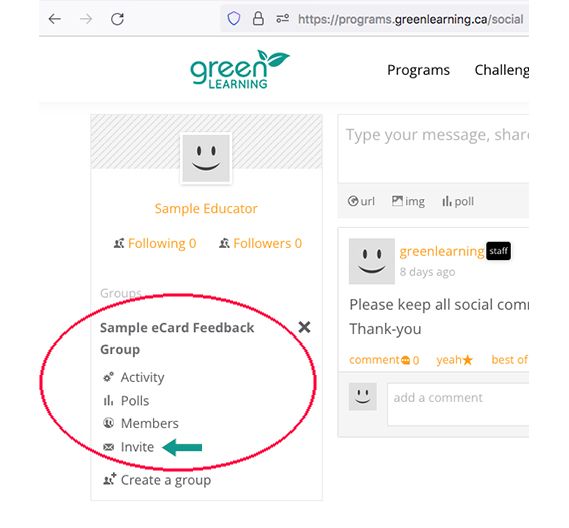

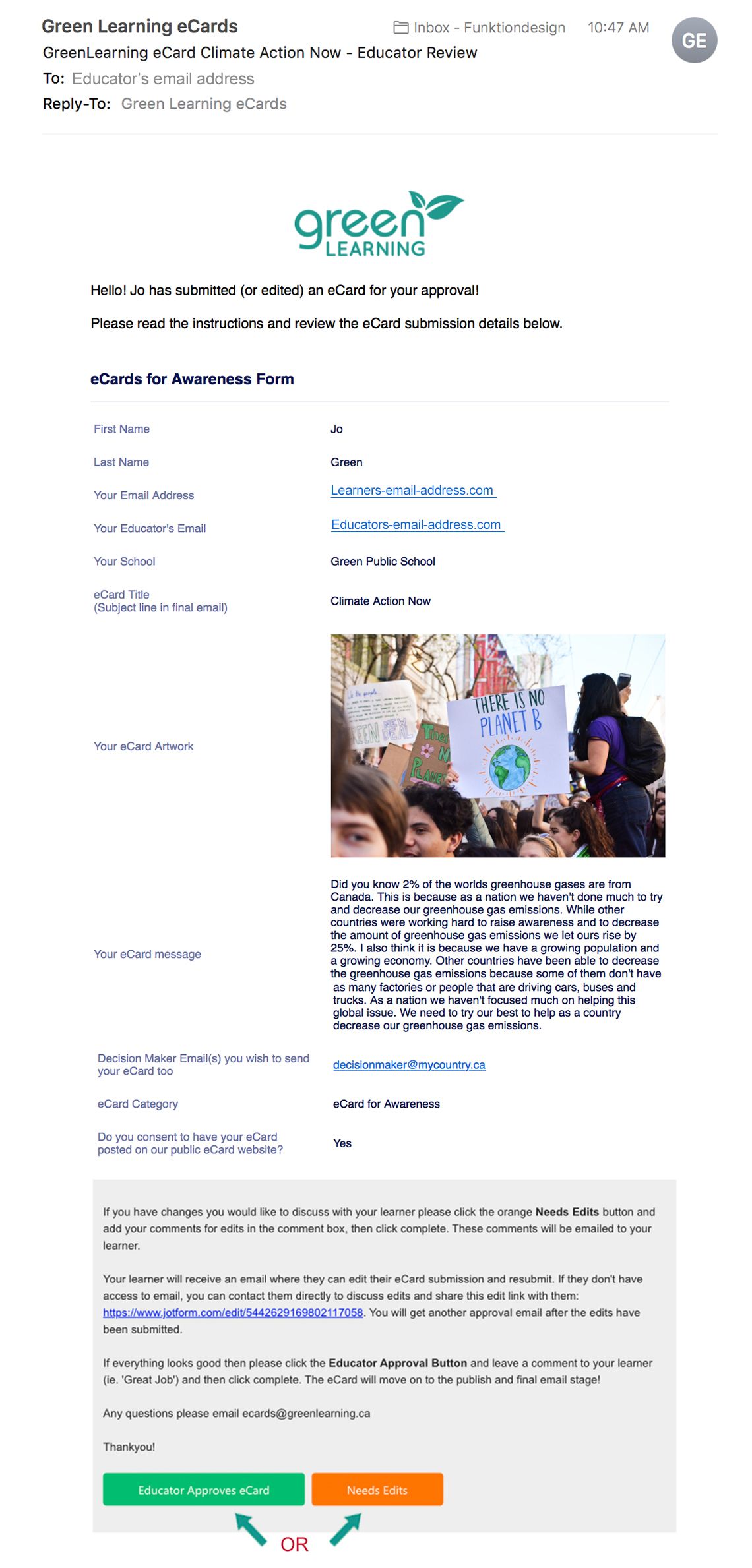
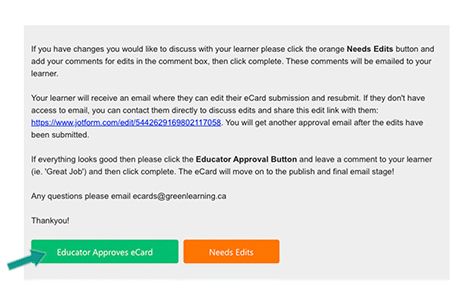
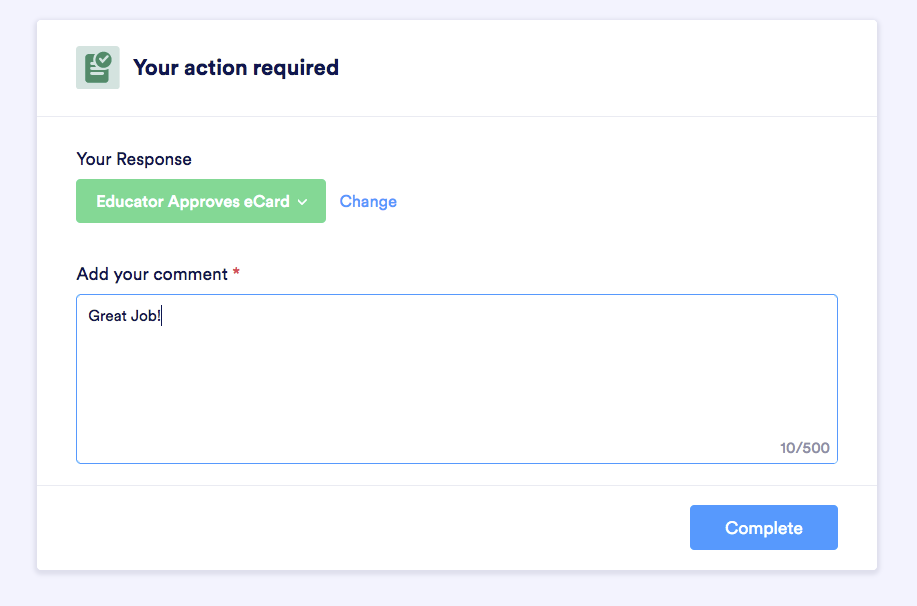
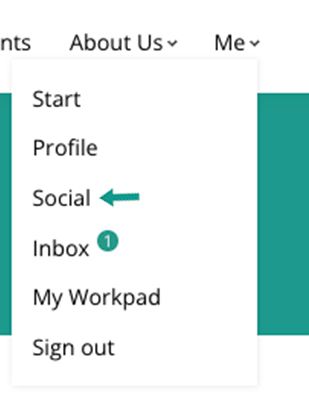
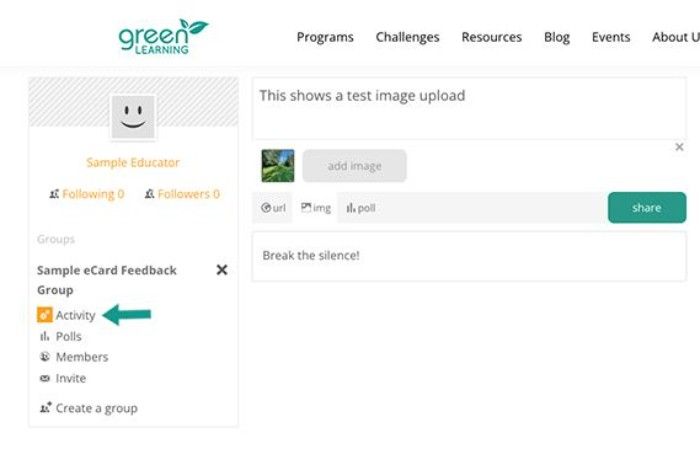
Activity link under private class group.
